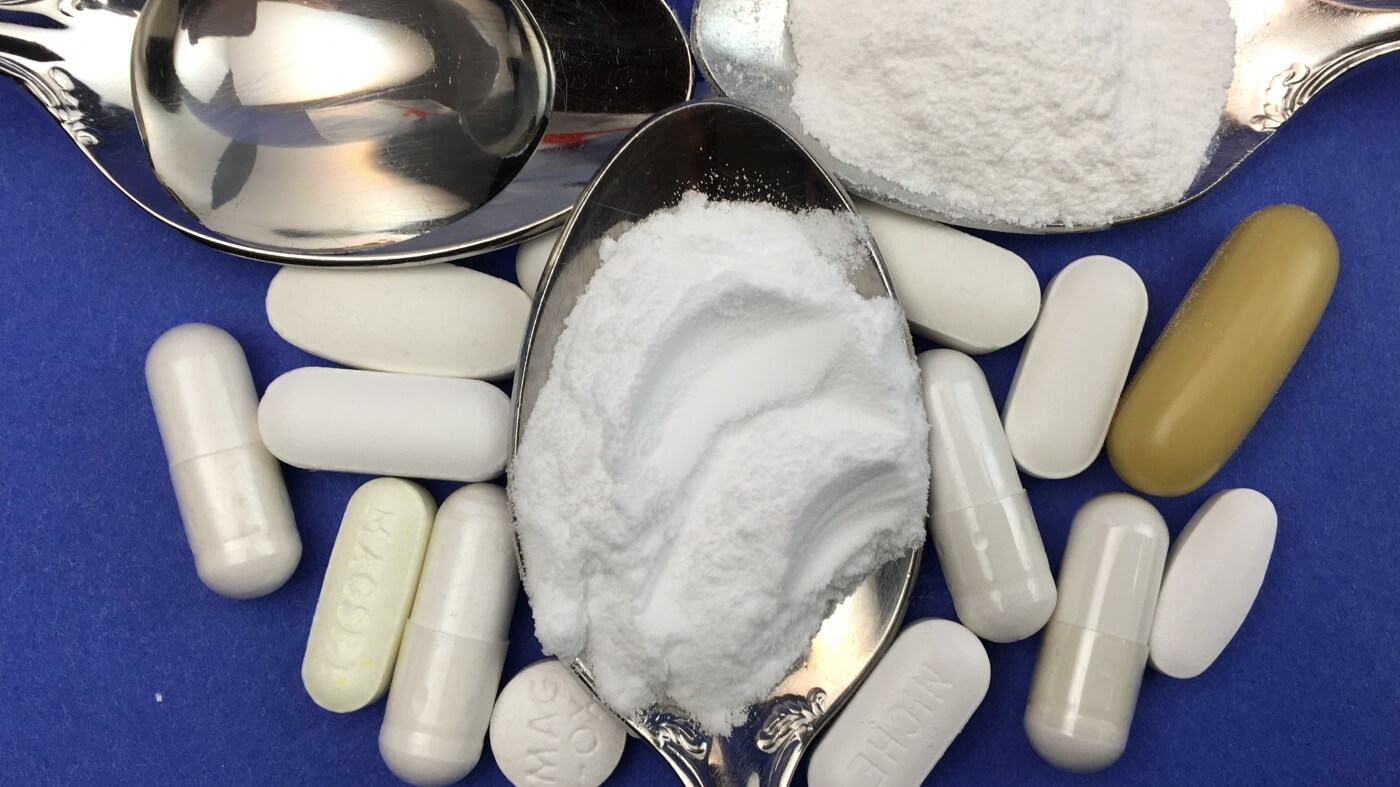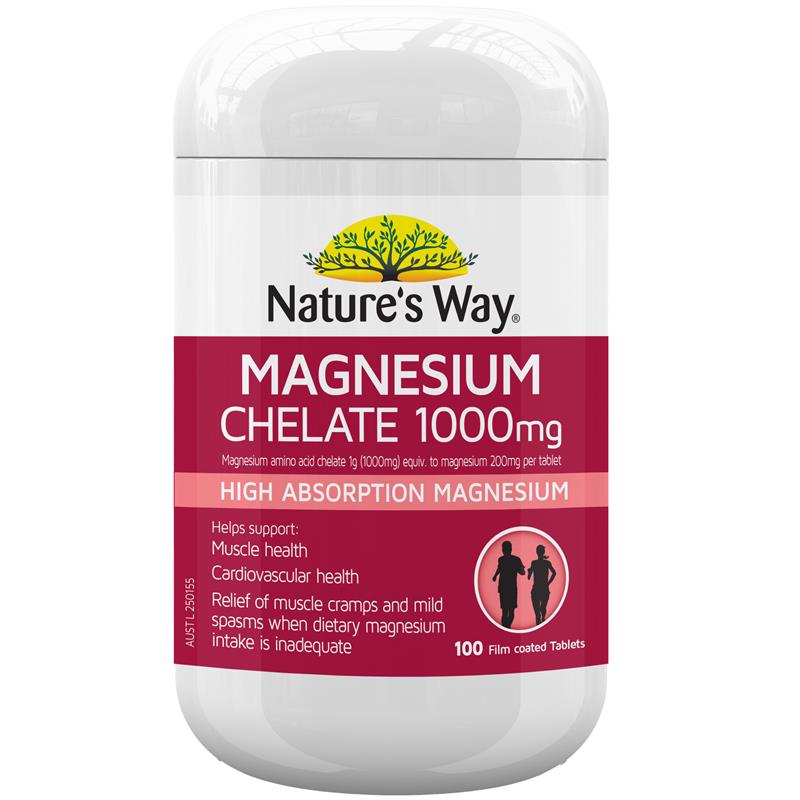Is 1000mg of magnesium too much?

The National Academy of Medicine recommends not exceeding 350 mg of supplemental magnesium per day ( 2 ). However, several studies have involved higher daily dosages. It's recommended to only take a daily magnesium supplement that provides more than 350 mg while under medical supervision.
Correspondingly, is 500mg of magnesium too much?
Doses less than 350 mg daily are safe for most adults. In some people, magnesium might cause stomach upset, nausea, vomiting, diarrhea, and other side effects. When taken in very large amounts (greater than 350 mg daily), magnesium is POSSIBLY UNSAFE. Then, is malate an amino acid? Citrulline Malate is a dietary amino acid that plays a major role in proper circulatory function. It is also a major intermediary in the urea cycle. Citrulline works together with Arginine and Ornithine to recycle ammonia and in the effective production of nitric oxide. Ammonia converts to carbamoyl phosphate.
What is the km of malate dehydrogenase?
The Km value for malate, i.e., the concentration at which the enzyme activity is half-maximal, is 2 mM. The Kcat value is 259.2 s− 1. What enzyme does PEP inhibit? PEP, a potent inhibitor of E. coli glucokinase, unlike most eukaryotic hexokinases, can act as a signal molecule controlling glucose uptake and glycolytic flux in cells.
You can also ask is malate an organic acid?
Malate is the major 4-C organic acid transferred to the BS in C4 species designated as belonging to the NADP-ME subtype (Figure 2). The OAA synthesized from PEPC activity in the cytoplasm of M cells is transferred to the chloroplast and reduced to malate by NADP-malate dehydrogenase (NADP-MDH). What plants are C4? C4 plants—including maize, sugarcane, and sorghum—avoid photorespiration by using another enzyme called PEP during the first step of carbon fixation. This step takes place in the mesophyll cells that are located close to the stomata where carbon dioxide and oxygen enter the plant.
Is a cactus a C3 or C4 plant?
It is interesting to note that the only cacti to use C3 photosynthesis is the primitive pereskia. C4 and CAM photosynthesis are both adaptations to arid conditions, because they are more efficient in the conservation of water.




:max_bytes(150000):strip_icc()/magnesium-for-constipation-and-ibsc-1944780_v2-066a0568509b46c497e2fce339b8868e.png)

Similar articles
- Is 1000mg green tea extract too much?
- Can I take 1000mg of magnesium?
A Daily Magnesium Supplement is recommended: Most people need 400mg to 1,000mg of magnesium daily. Avoid the most common and cheapest forms of magnesium (magnesium carbonate (sulfate), gluconate (gluconate), and oxide). These forms of magnesium are not well absorbed in the GI track, and can cause diarrhea. Ram.
- What is Somazina 1000mg used for?
Somazina 1000 mg Injection is a medicine that protects nerves. It is used to treat brain stroke (damage to the brain due to inadequate blood supply), memory loss and movement disorders that are associated with aging. It prevents nerve cell damage and helps to restore their health.
- What is turmeric curcumin 1000mg good for?
- What is taurine 1000mg good for?
- How much ubiquinol is too much?
- How much caffeine is too much?
 Drugs Forum
Drugs Forum
